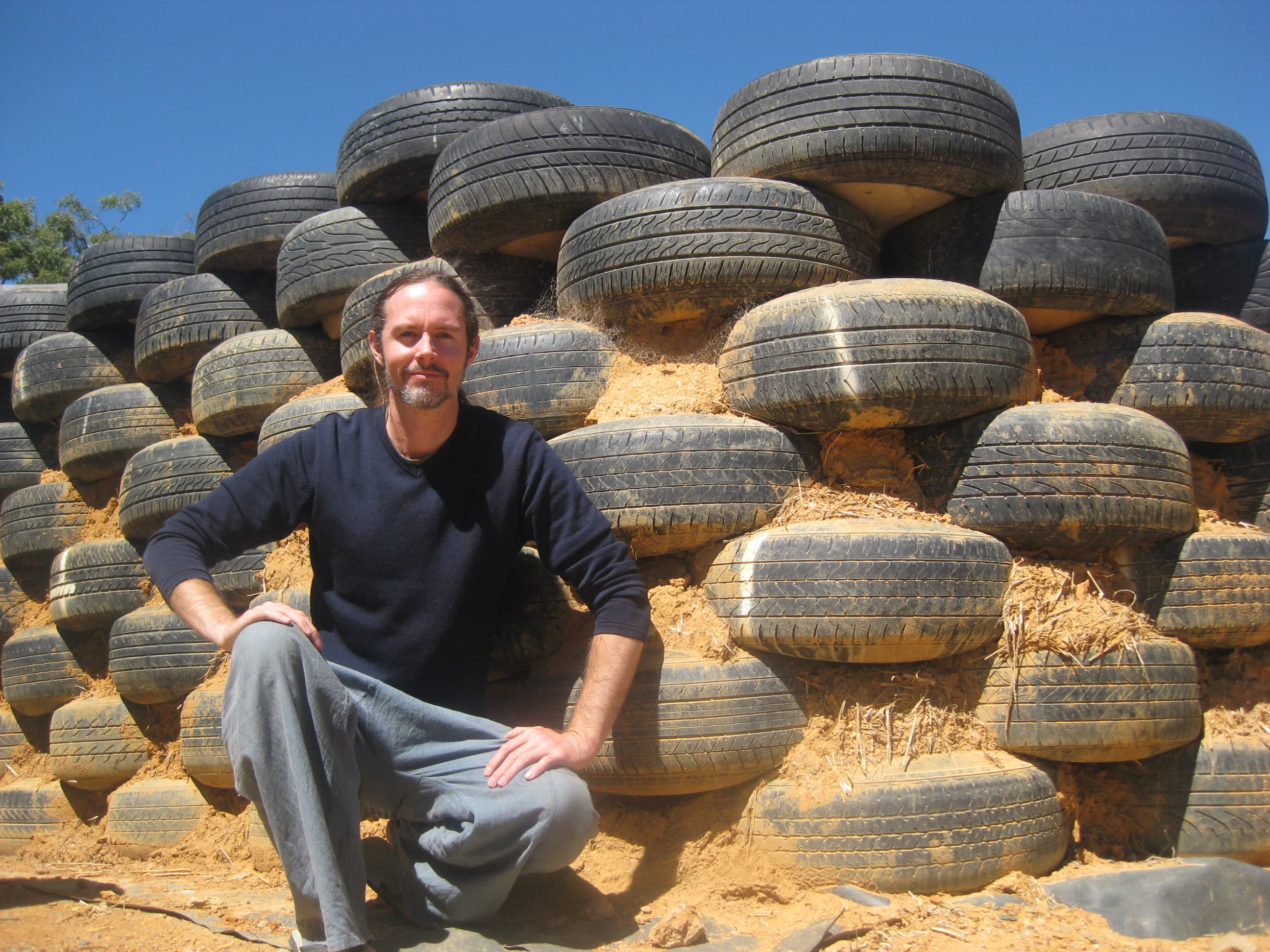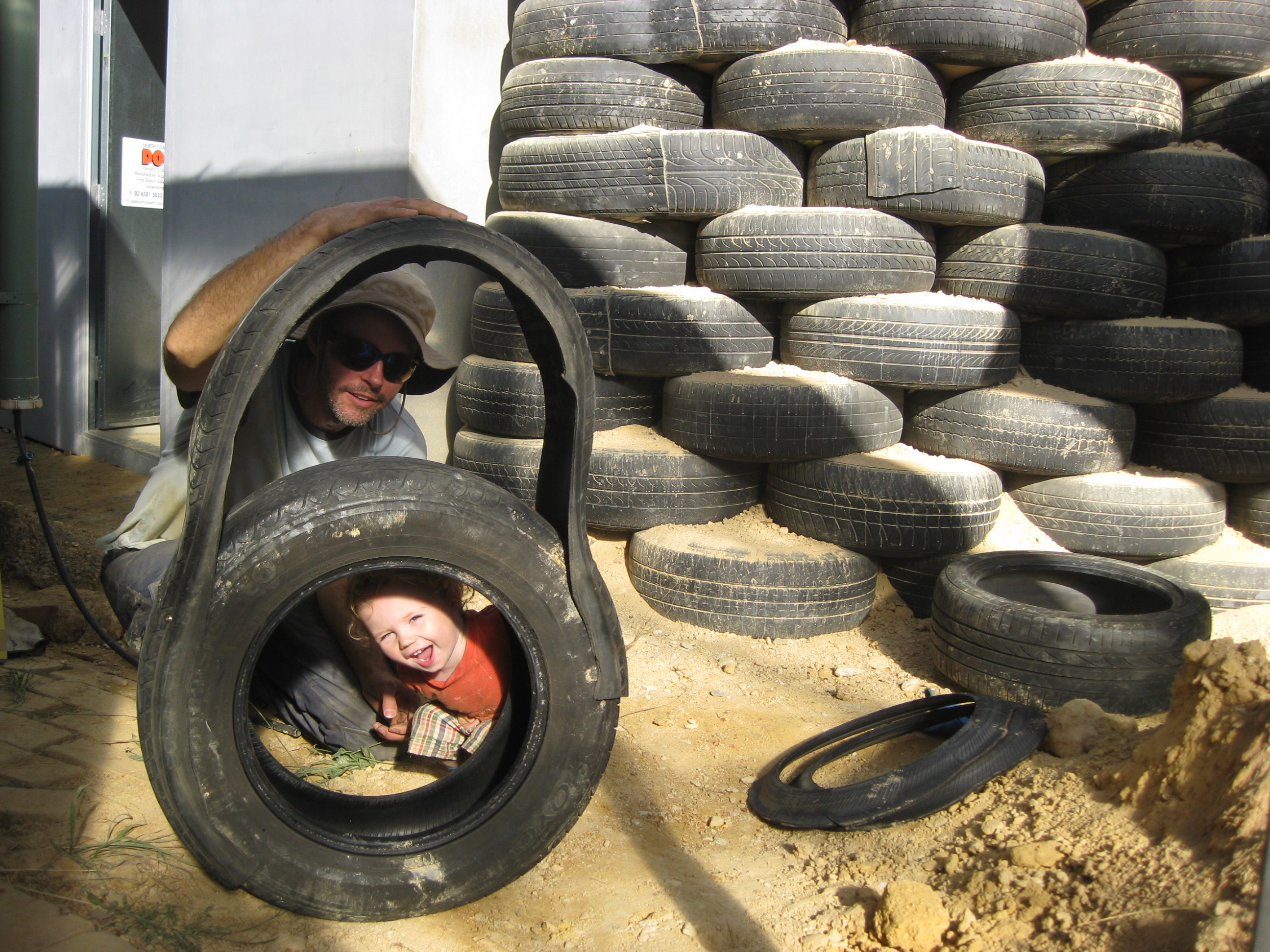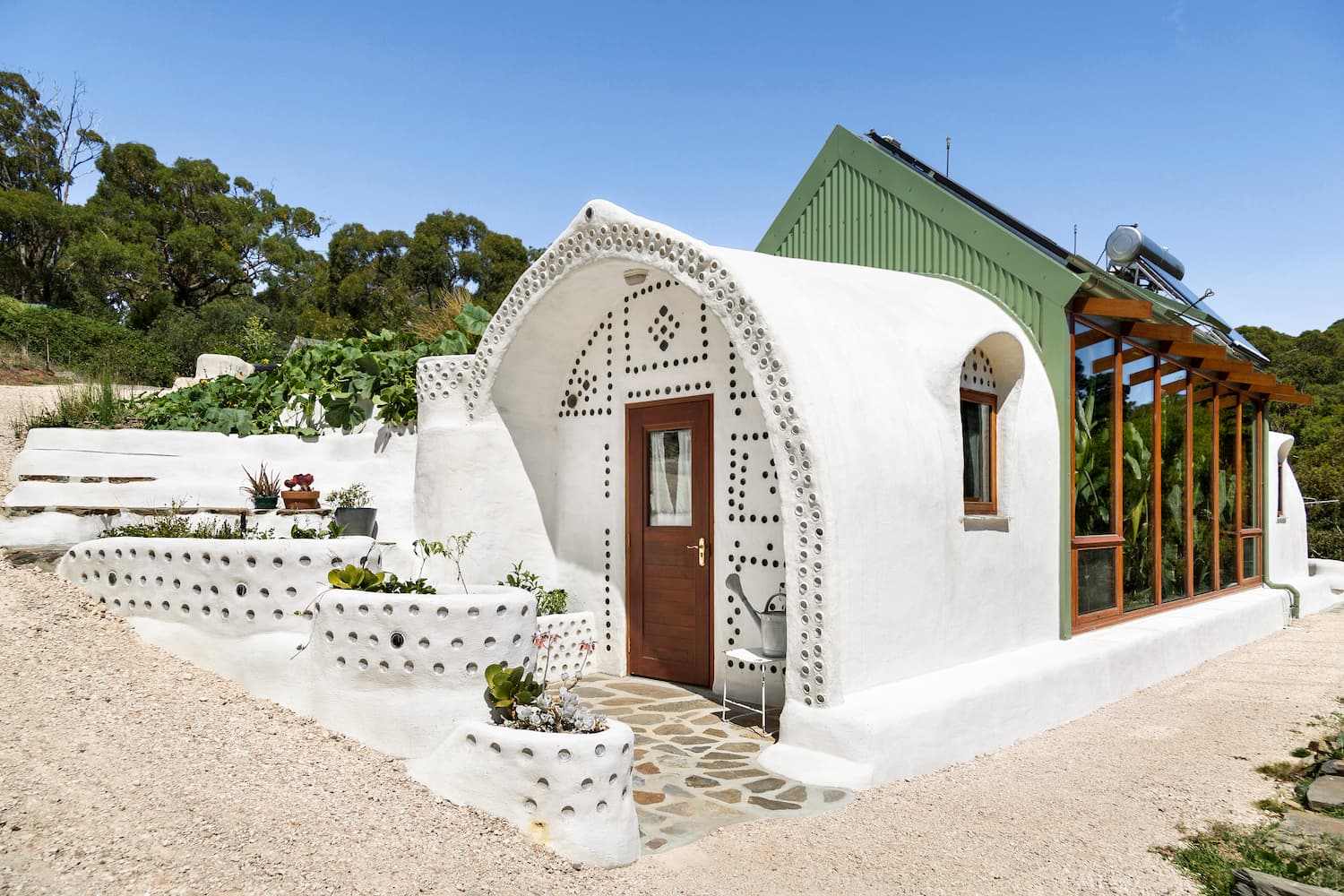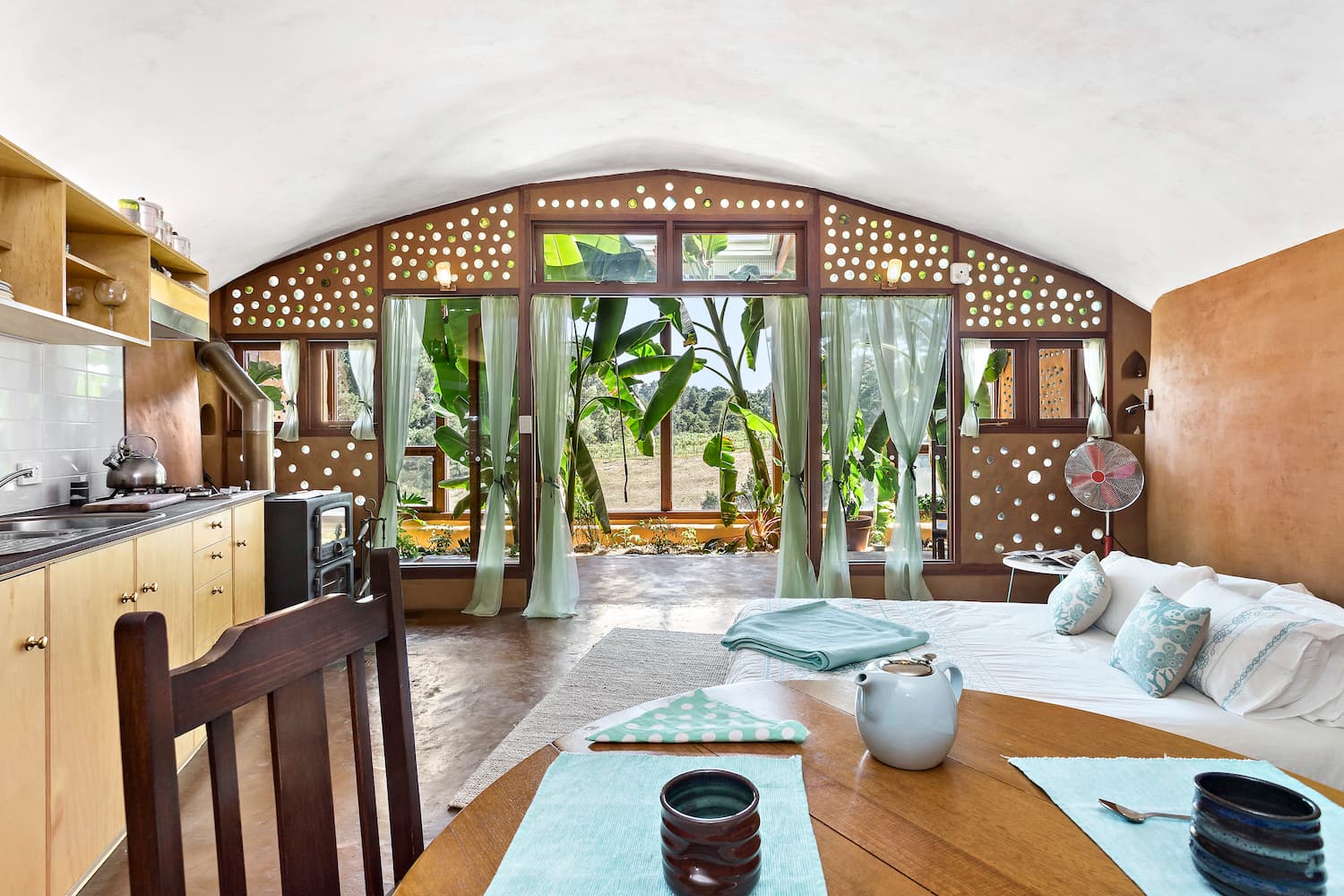01 March 2018

Dr Martin Freney
Bachelor of Industrial Design
Lecturer, School of Art, Architecture and Design
Founder, Earthship Eco Homes
Forging a passion for design to a deep desire to tread lightly on the planet has led Dr Martin Freney to a new chapter in his life, as an agent of change for green living in Australia.
After a decade long industrial design career working on projects ranging from land mine clearing devices to new oven designs, Dr Freney returned to UniSA, this time as a lecturer having completed an industrial design degree at UniSA in 1993. It was here he started exploring his interest in sustainable design more deeply.
“Fundamentally, good design must address sustainability,” says Dr Freney, Lecturer in the School of Art, Architecture & Design and Founder of Earthship Eco Homes.
“I advise my students to take sustainability seriously or they risk becoming a dinosaur. Sustainable design is becoming expected and we’re seeing more and more laws and industry standards that require it.”
But over the years a mounting cynicism about what he calls ‘green wash’ – the ever growing number of goods and services marketed as sustainable without substantial evidence - led him to undertake a PhD.
“Unfortunately I don’t think anything we build or manufacture these days is that sustainable, particularly housing,” Dr Freney said.
“There isn’t good and bad when it comes to our impact on the environment, there’s just bad and not-so-bad and we urgently need to find the very best not-so-bad options.”
Dr Freney’s research sought to quantify the most ecologically sustainable housing option available to home builders by investigating issues such as the thermal performance and embodied energy of various designs and construction materials. The top ‘not-so-bad’ option turned out to be the Earthship design.

Developed in the 1960s by Michael Reynolds, a controversial American architect who is also known as the Garbage Warrior, Earthships are an alternative housing solution that allows inhabitants to live comfortably off-grid. They have relatively modest requirements for batteries, solar panels and water tanks, because of the inherent energy and water efficiency embedded in the design.
Built largely from recycled materials including tyres, glass bottles, cans, and typically earth bermed; the buildings are designed to provide a steady indoor temperature, water filtration, waste reuse and safe sewage treatment. Earthships also have a central greenhouse, what Freney calls the ‘jewel in the crown’, with plants that support temperature control, grey water recycling and even food production.
In 2008 Dr Freney first visited the Greater World Community, an off-grid Earthship settlement cradled by the Sangre de Cristo Mountains in New Mexico, USA, where he was inspired by the buildings’ amazing thermal performance in the extreme high altitude desert environment.
On returning to Adelaide, Dr Freney began his PhD studies, evaluating the thermal performance and environmental life-cycle of the buildings in comparison to other techniques. To aid his research, Dr Freney also constructed his own Earthship to evaluate how the design could be adapted for Australian conditions.
“Any home can theoretically go off-grid – but the scale of the systems required would be impractical, expensive and not ecologically sustainable as most modern homes are not built to sustain comfortable indoor temperatures without considerable energy use,” he said.
“My data showed that the Earthships in the Greater World community maintain a remarkably stable indoor temperature throughout the year without reliance on heating and cooling equipment.
“Over the course of a week, the temperature inside stayed between 19 to 25 degrees in winter without heating and a steady 21-22 degrees in summer without cooling. Outside the temperatures were as low as minus 20 and as high as 33.
“My research showed that these buildings are potentially one of the best solutions for low density housing where people can live in comfort, with most of the mod-cons, but with dramatically reduced environmental impact.”
Dr Freney’s Earthship Ironbank (pictured below) has now been completed and is the first council approved Earthship in Australia. It offers B&B lodgings for visitors interested in the concept.
“My ultimate goal is to mainstream a lot of the Earthship ideas into Australian residential housing construction,” he said.


“There are a few others that have been built in Australia but they didn’t get council approval. I was tempted to go the renegade path but I really wanted to demonstrate what could be done through the right channels so people can be confident and enthusiastic about building their own.
“To my surprise the council approval process was pretty straight forward. I quickly found that I was being pessimistic about the whole thing and discovered that all you really need is the right team of professionals like any build – a good structural engineer, energy assessor, building certifiers, designers, who understands what you’re trying to achieve.”
There are hurdles and a lot of thinking outside the box required to build an Earthship in Australia, but Dr Freney is solving these issues through his own experiences. He is now helping others build their own Earthships through his business Earthship Eco Homes.
Dr Freney has also recently been awarded funding from Tyre Stewardship Australia to fund a PhD study to investigate the best use of tyres for building energy efficient homes. This project will deepen knowledge of how to improve sustainable housing design for the Australian climate and reduce waste.
Visit Earthship Ironbank for BNB and research information or Earthship Eco Homes for more information on Dr Freney’s consultancy.



